5 Fabulous Fast-Growing Vines – That Will Quickly Climb Any Arbor, Trellis, Or Fence
These fast growing vines are perfect for covering any eyesores in your yard or creating a living fence. They will provide great visual interest, as well.
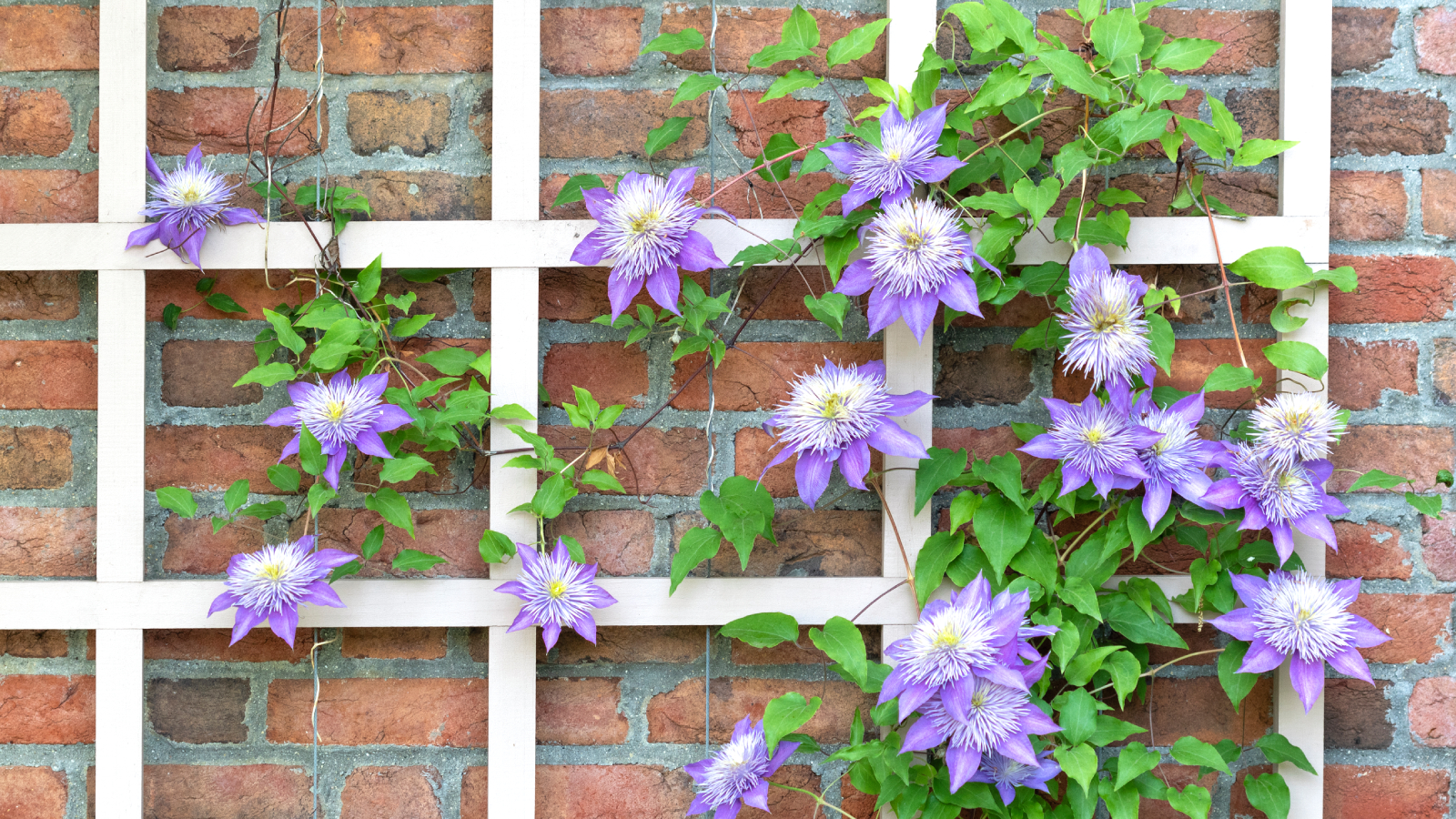

Amy Draiss
If you have an eyesore in your garden, you likely want fast growing vines to cover it up and make the area attractive. Vines are also wonderful where garden space is limited since they need very little ground in which to grow. Fast growing climbing vines are useful to cover a fence and provide extra privacy in your yard, garden, or balcony.
There are vines that twine and there are self climbers that attach with tendrils and aerial rootlets. Most of these vines will need a helping hand to grow vertically, in the form of a structure and some hand training. Each of our picks offers several points of interest and will vigorously grow to provide vertical appeal and beauty.
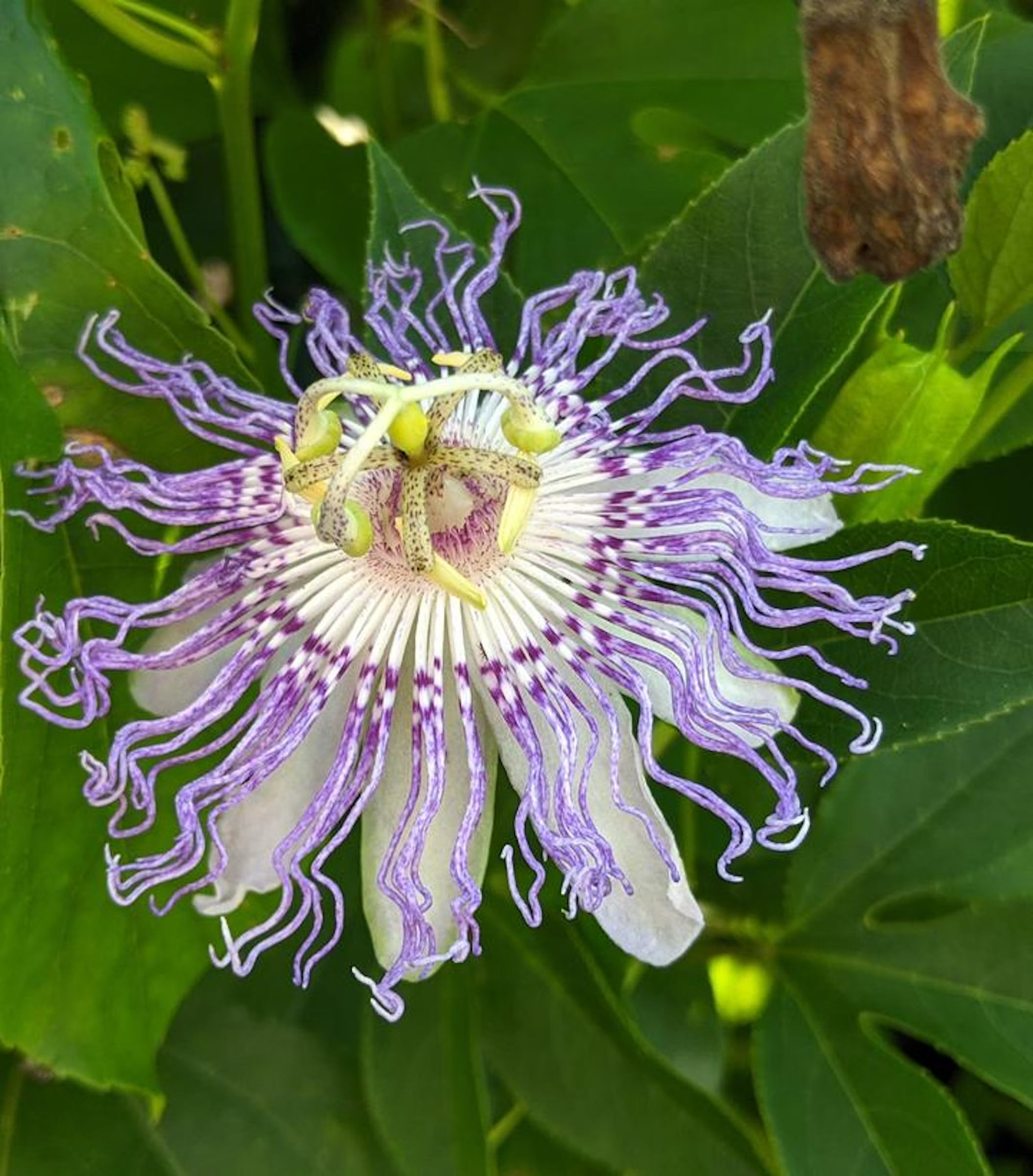
This showy and unique flowering vine is a rapid grower that thrives on trellises and fences. Fragrant purple and white flowers yield edible fruits that can be eaten right off the vine.
1. Wisteria
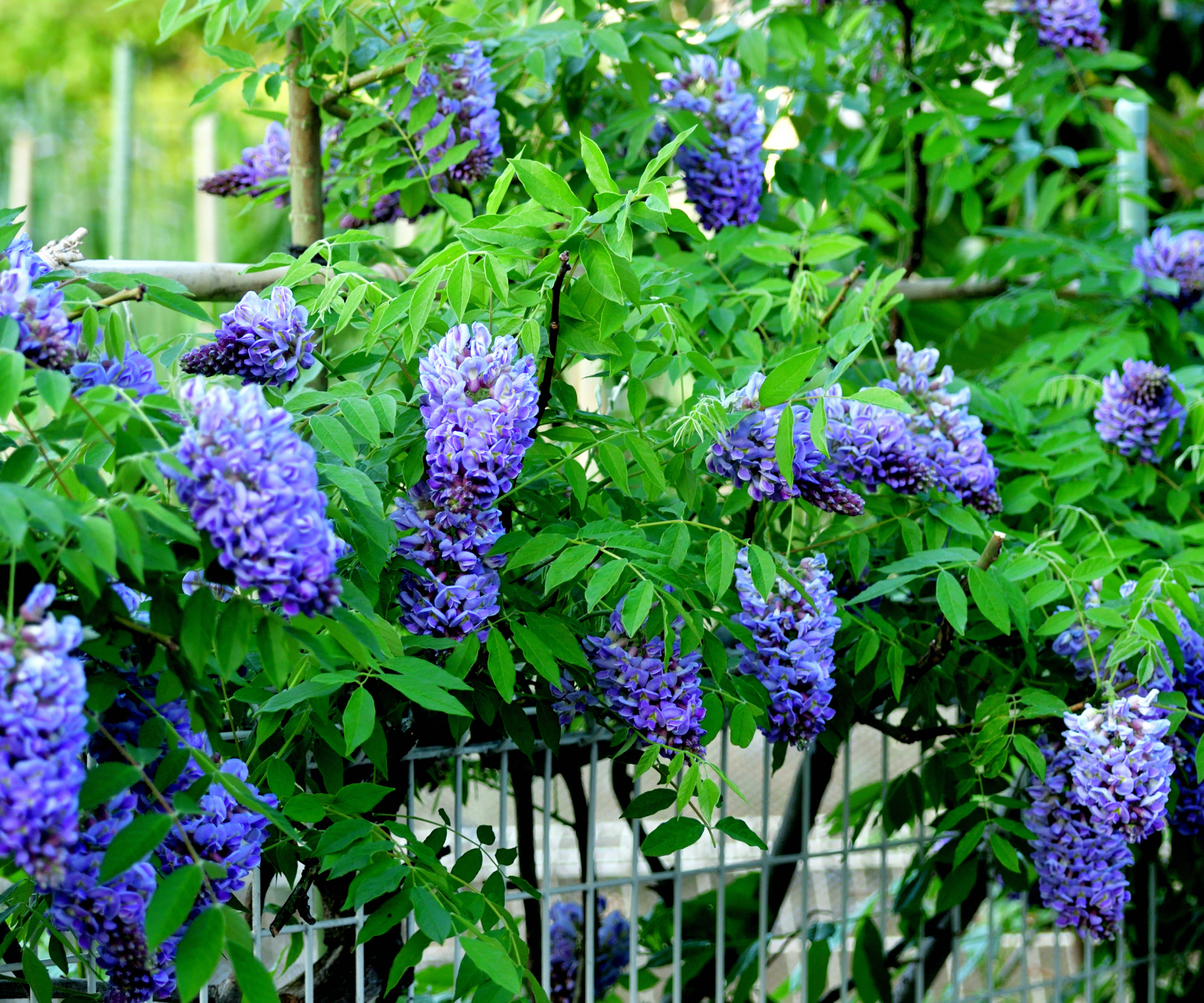
Proper wisteria care is needed when growing these fast-growing, flowering vines. Common varieties include Japanese wisteria (Wisteria floribunda) and Chinese wisteria (Wisteria sinensis), as well as native American wisteria vines (Wisteria frutescens). These rampant growers can span 40 feet (12 m.). The woody stems are twining and wrap around each other to support the weight of the plant. They do best when given a sturdy arbor or similar support. Racemes of dangling purple to white flowers depend on the stems in spring, with some varieties creating another flowering spectacle later in the growing season. The blooms in most species are fragrant and attract a wide variety of pollinators.
Wisteria plants are suitable for United States Department of Agriculture zones 4-8. Wisteria vines need a sunny location in well draining soil. The plants need plenty of water, especially in the first year as they establish. They also respond well to pruning which should be done in late winter or early spring. One of the best varieties is ‘Blue Moon’ which produces lavender-blue flowers on a very manageable 10 foot (3.1 m.) vine and can be found in the Gardening Know How Shop.
2. Trumpet Vine
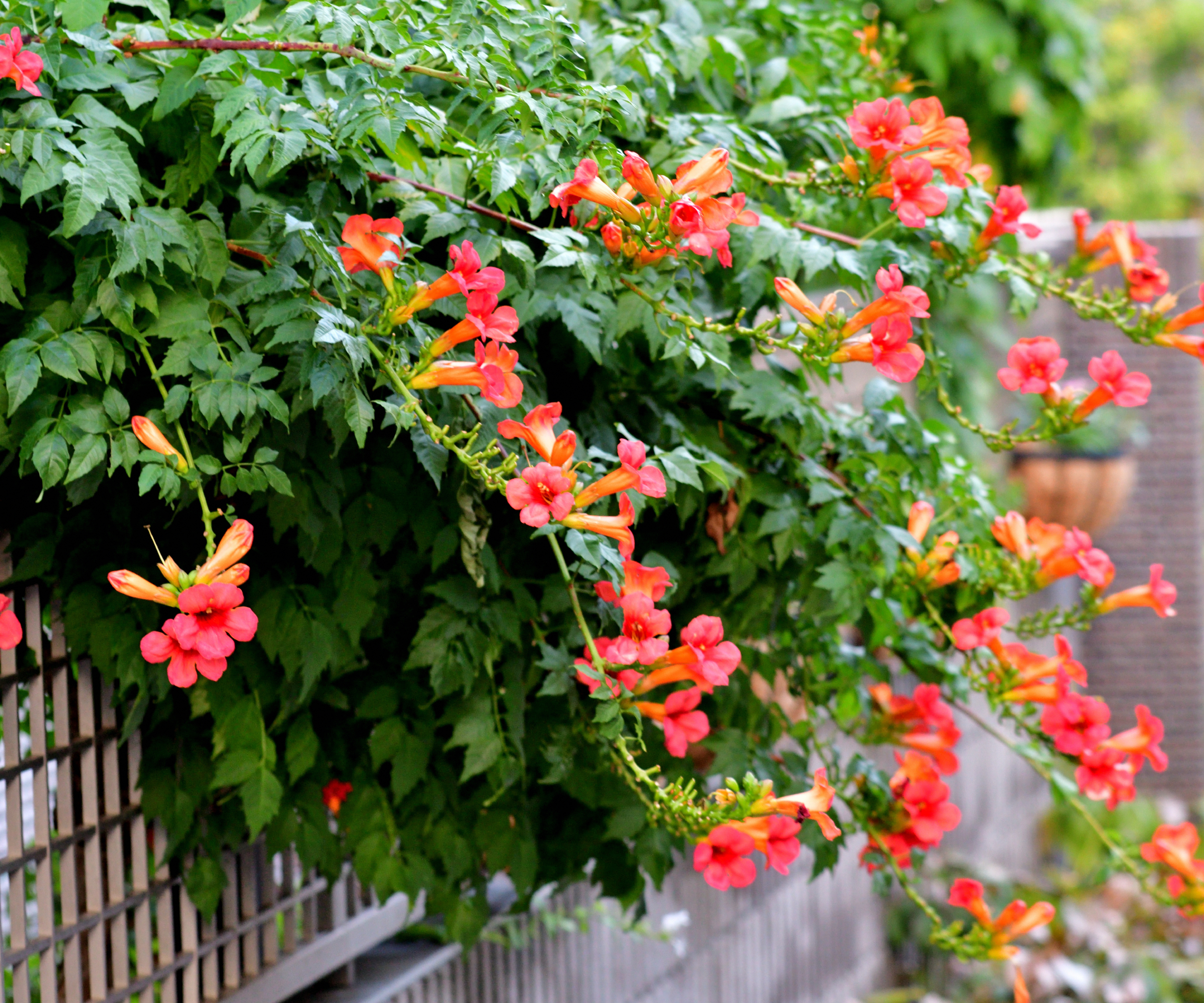
Campsis radicans is the native variety of this plant. There is also a Chinese ornamental trumpet vine. Both are aggressive growers and have the capacity to get out of hand without careful management. But they are glorious when in bloom and the delicate leaflets that adorn the plant lend it a lacy feel. The tubular flowers are reddish orange to pink and attractive to hummingbirds, which gives the plant its other name, hummingbird vine.
At maturity, trumpet vine can reach 40 feet (12 m.). This is one of the best fast growing vines for fences and other vertical structures. It is hardy in USDA zones 4-9 and virtually tolerates any type of soil. Plant it where it will receive full sun and in a couple of years you will have glorious flowers all over the plant in spring.
3. Clematis
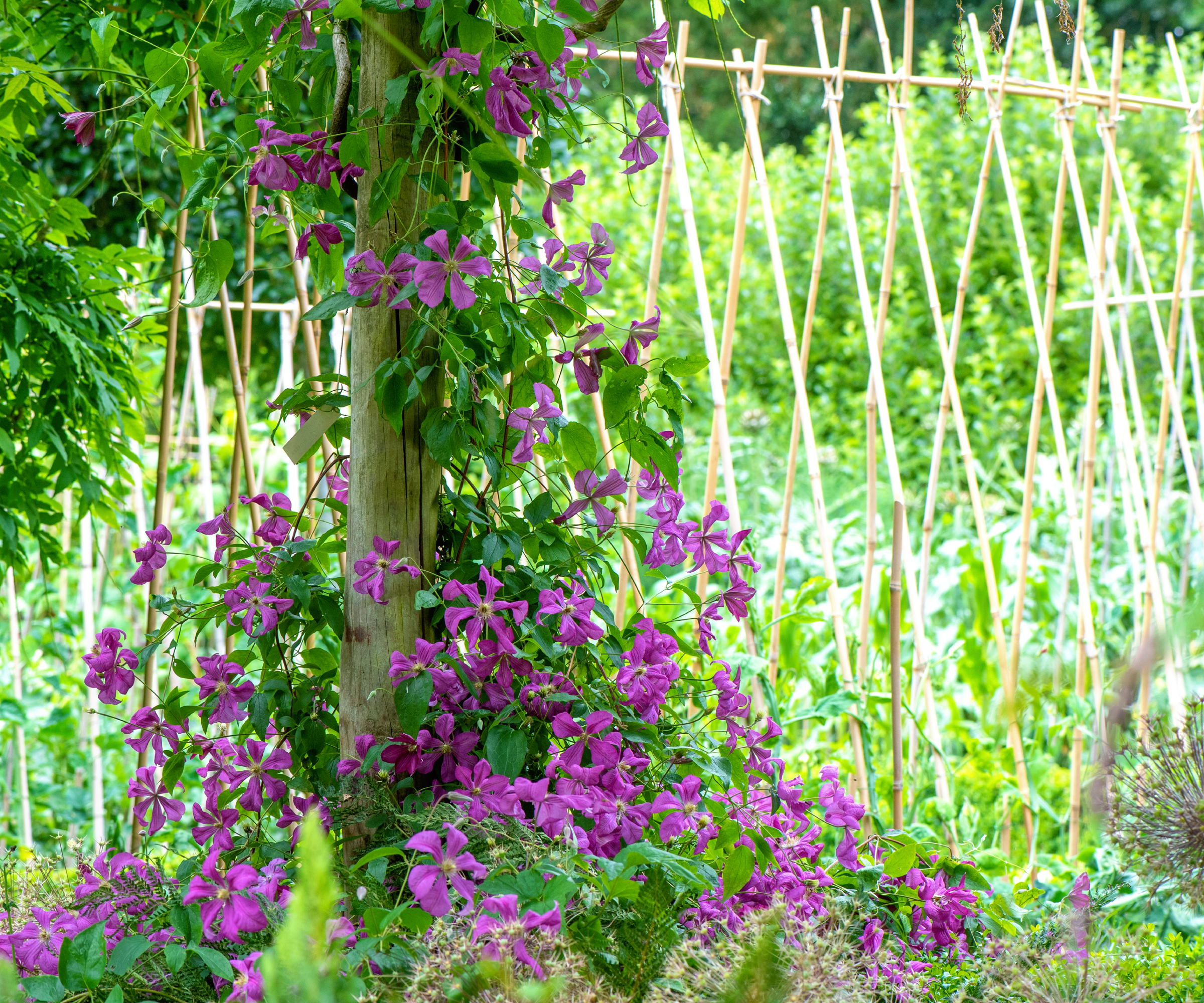
There are over 2,500 selections of this heavily bred plant. Growing clematis vines is straight forward and can yield unmatched glorious flowers. Most of these plants are quite hardy into USDA 4-9, although there are a few that will thrive in zone 3. There are both single and double flowering varieties available. One of the loveliest is 'Josephine', a double lilac-pink flowering variety.
Gardening tips, videos, info and more delivered right to your inbox!
Sign up for the Gardening Know How newsletter today and receive a free copy of our e-book "How to Grow Delicious Tomatoes".
These plants need support as they climb and they may need to be tied as the plant matures. Clematis need well draining soil in a sunny location. The soil should be kept moist but not soggy. It may take a couple of years for new vines to flower but when they do, it’s worth it.
4. Purple Passionflower
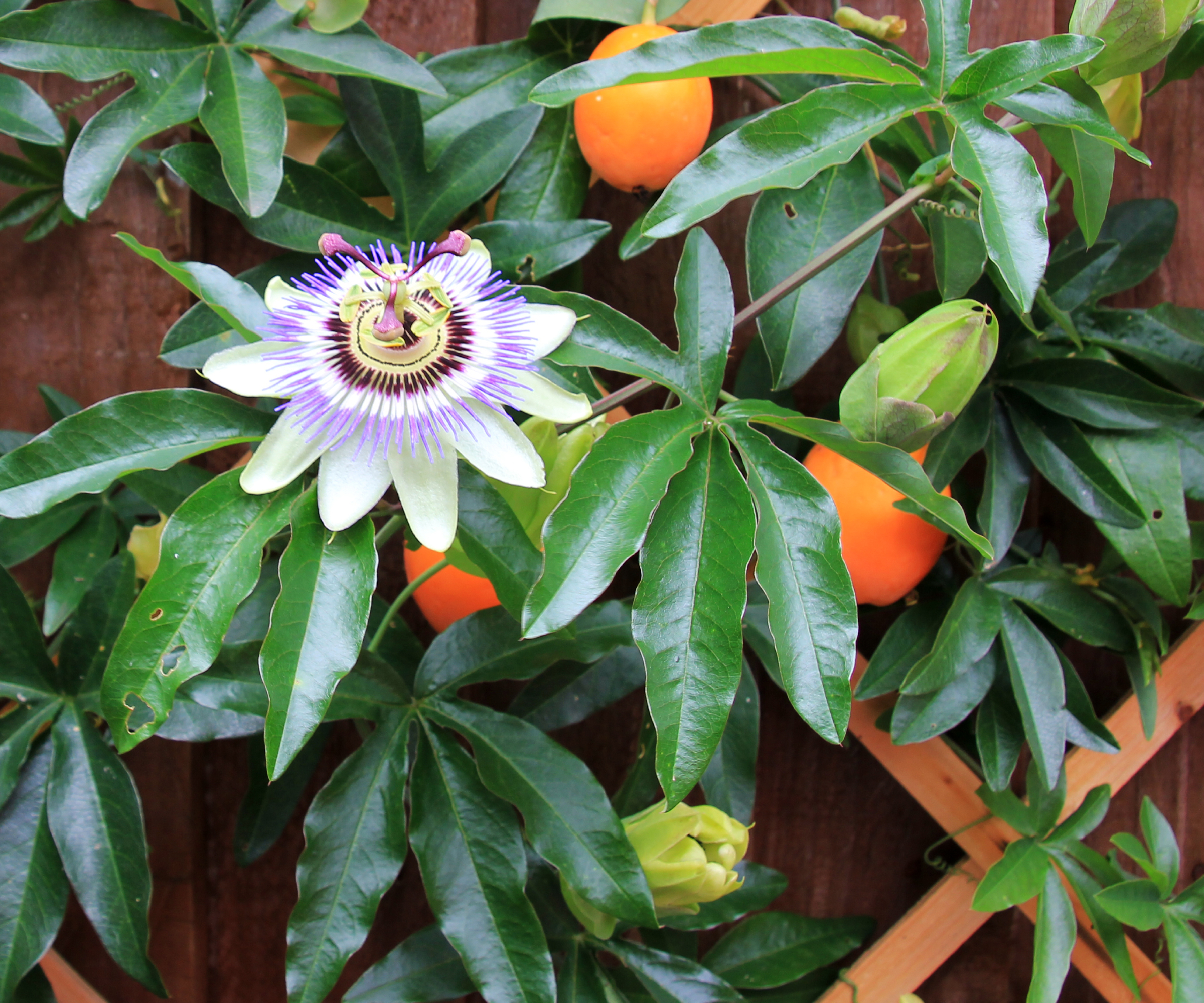
Passionflower is also known as Maypop, the name for the edible fruits it produces. Growing passionflower is a rewarding endeavor. They can grow up to 10-40 feet (3-12 m.) in a year and have incredible blooms. Most varieties are hardy in USDA zones 6-10. The vine is deciduous in colder climates and dies back to the ground in winter. In warm regions, the stems become woody and persist. Most varieties have purple flowers but a few feature pink and white combinations.
Passiflora incarnata is native to parts of North America where it grows in well draining soil of average fertility, in full to partial sun locations. Passionflower vines attach to vertical structures with tendril and may need some assistance with plant ties as they scramble up to the sun.
5. Virginia Creeper
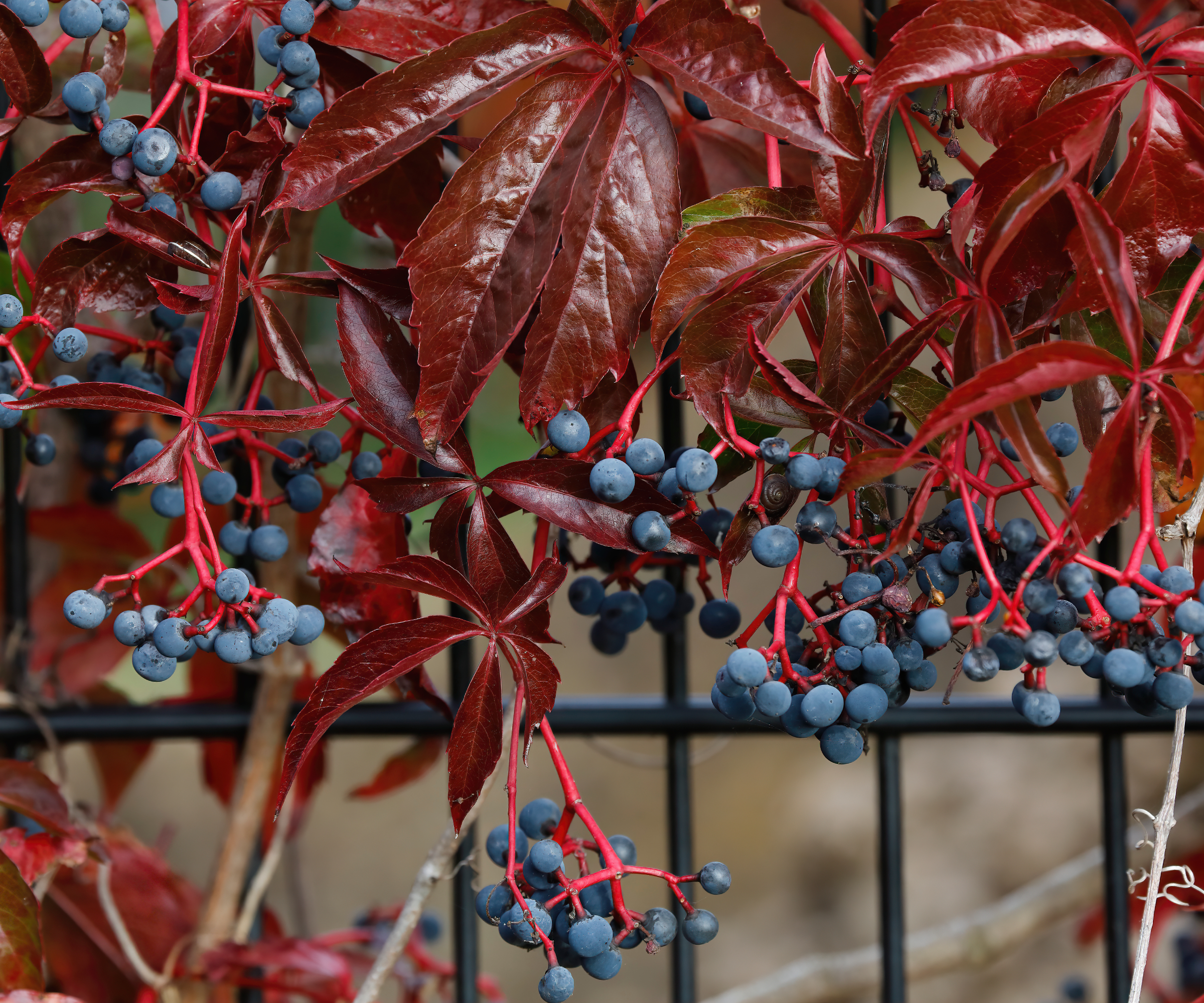
Virginia creeper can grow up to 20 feet (6.1 m. ) in just one year and is native to North America. When it is mature, it may attain heights of 50 feet (15 m.). These extremely fast growing vine plants are known for their dark green, palmate leaves. The flowers are not noticeable or noteworthy except that they yield dark, purple-black berries that are a wonderful food source for birds. It is these birds that lead to the notion the vine is invasive. The berries root easily to start new plants. Virginia creeper maintenance is easy, simply cut off the berries if you do not want the vine to spread to other areas.
The plant is adaptable to any type of soil and lighting situation. In the fall it puts on a glorious display of blazing red to burgundy foliage. These are very hardy plants useful in USDA zones 3-10.
More To Explore
- Still deciding whether to plant vines or not? Read two of our experts' views weighing the pros and cons of planting vines in the garden.
- Consider our picks for 10 best flowering vines that are long bloomers.
- Get 4x the cutting power for easy vine pruning with the Garden Guru ratchet pruning shears found in the Gardening Know How Shop.
- Want more ideas and garden inspiration? Sign up for the free Gardening Know How Newsletter for weekly tidbits, tips, and tricks of the trade!
This article features products available from third party vendors on the Gardening Know How Shop. Keep in mind that our plant inventory is limited - so if you’re thinking of purchasing, don’t wait!

Amy Grant has been gardening for 30 years and writing for 15. A professional chef and caterer, Amy's area of expertise is culinary gardening.
- Amy DraissDigital Community Manager
-
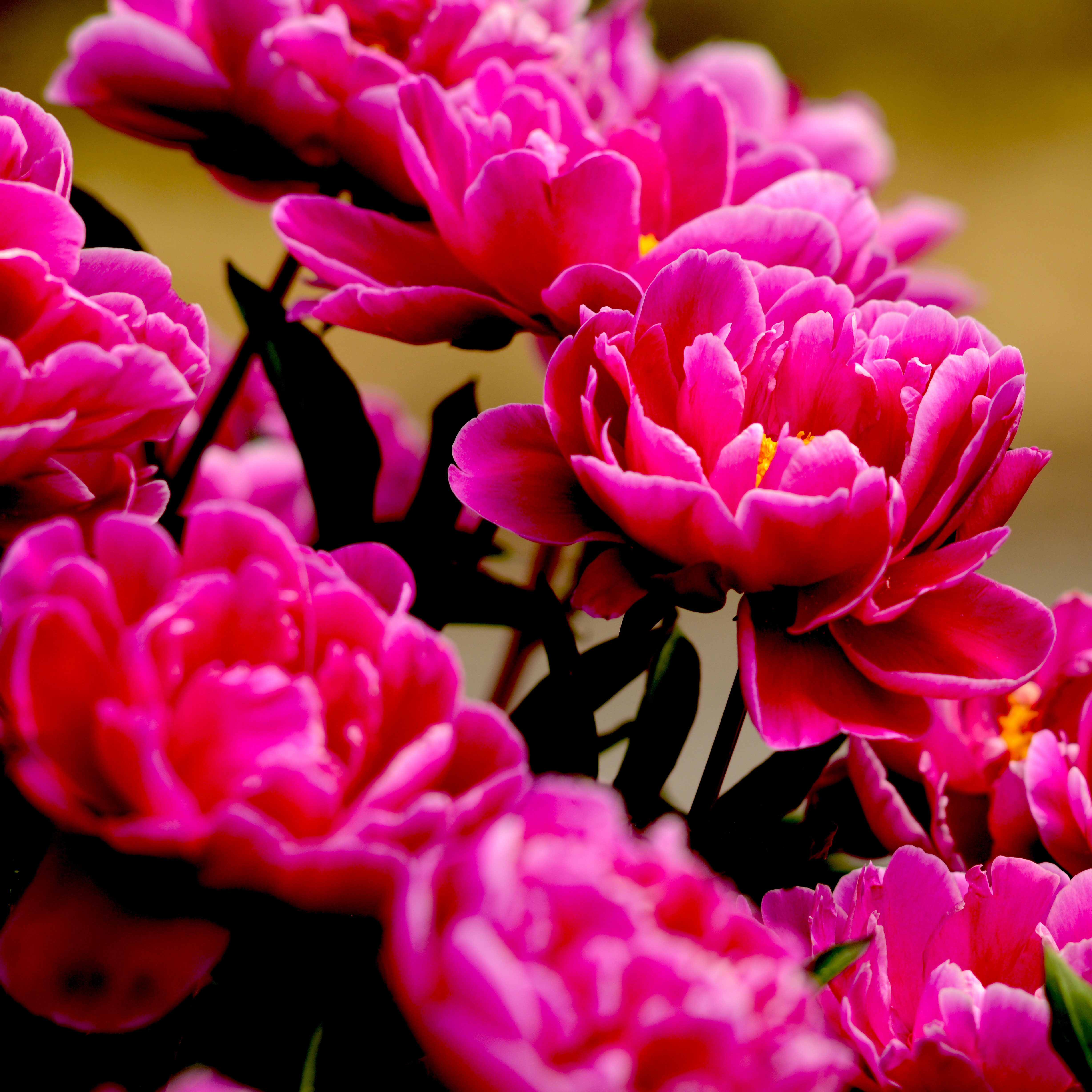 Grow ‘Karl Rosenfield’ Peony Plants For The Ultimate Frilly Border Beauties And Cut Flowers
Grow ‘Karl Rosenfield’ Peony Plants For The Ultimate Frilly Border Beauties And Cut FlowersFor frilly double magenta peony petals infused with a heady fragrance, grow ‘Karl Rosenfield’ peony plants. Here’s how to cultivate the ultimate plushy blooms
By Tonya Barnett
-
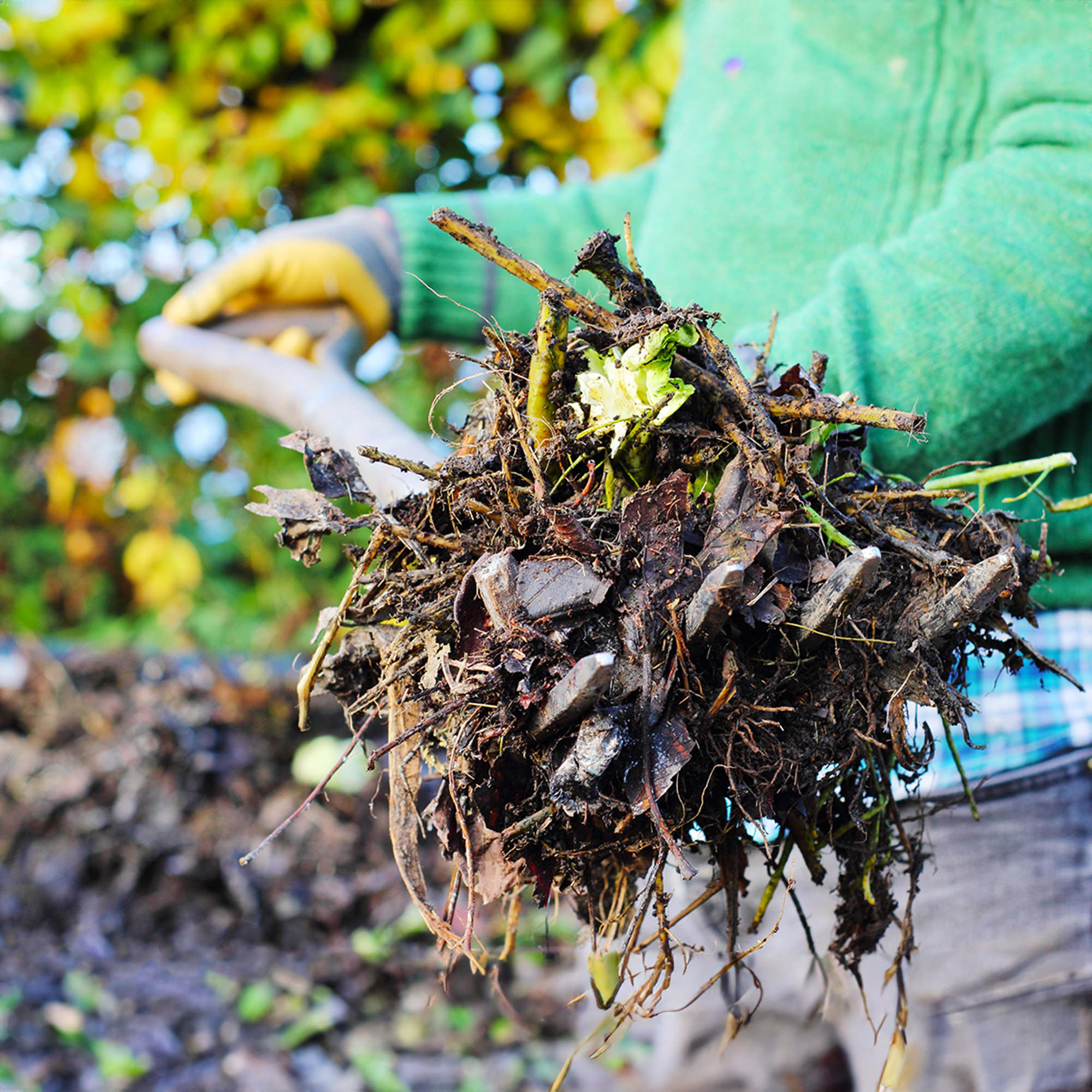 10 Common Composting Problems That Can Spoil Your Garden Gold – Plus Easy Fixes
10 Common Composting Problems That Can Spoil Your Garden Gold – Plus Easy FixesLearn how to troubleshoot common composting issues before they ruin your stash – from bad smells and bugs to materials not breaking down as they should.
By Susan Albert
-
 Grow ‘Karl Rosenfield’ Peony Plants For The Ultimate Frilly Border Beauties And Cut Flowers
Grow ‘Karl Rosenfield’ Peony Plants For The Ultimate Frilly Border Beauties And Cut FlowersFor frilly double magenta peony petals infused with a heady fragrance, grow ‘Karl Rosenfield’ peony plants. Here’s how to cultivate the ultimate plushy blooms
By Tonya Barnett
-
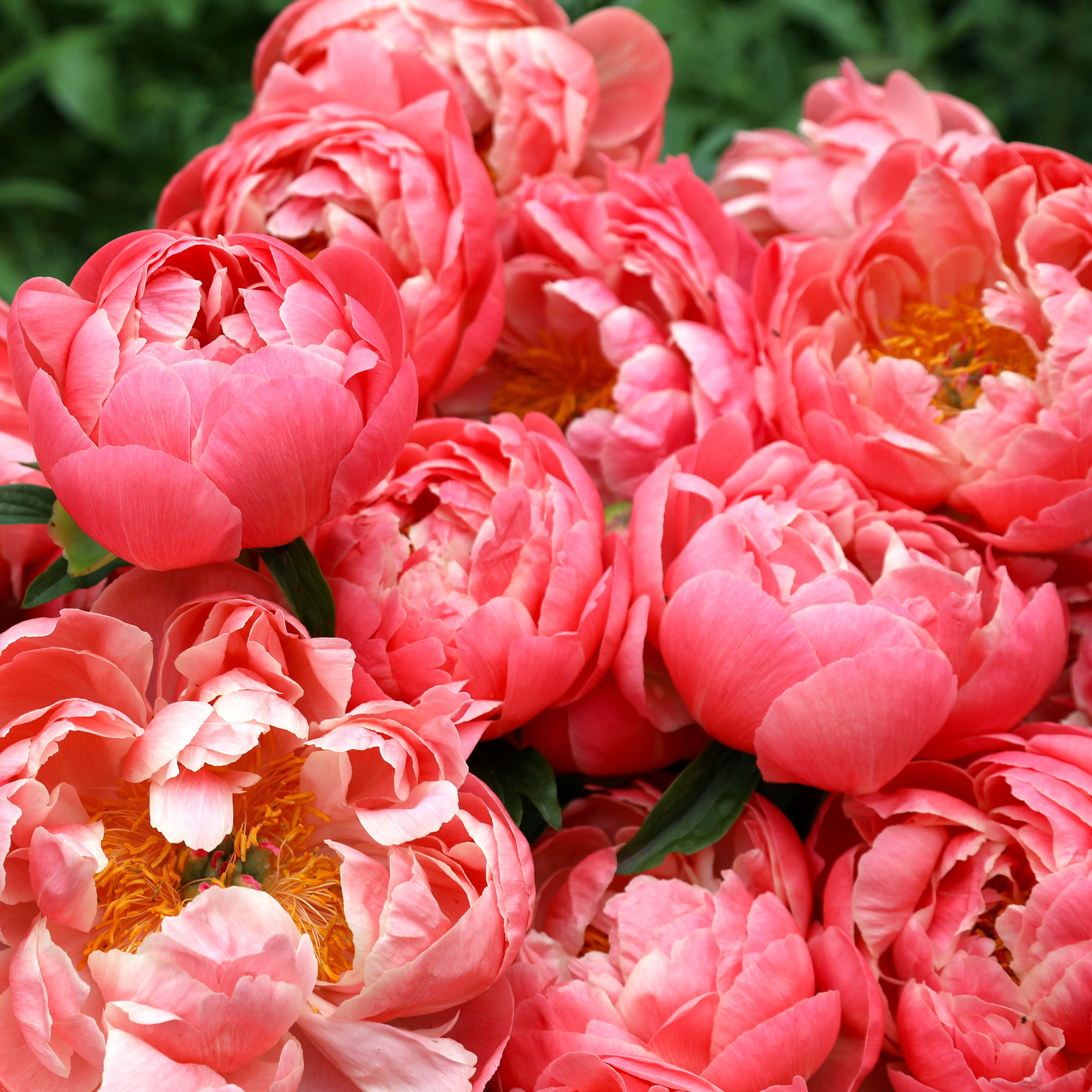 ‘Coral Charm’ Peony Care For Sublime Semi-Double Peonies With Lush Salmon Pink Flowers
‘Coral Charm’ Peony Care For Sublime Semi-Double Peonies With Lush Salmon Pink FlowersPeonies are known for their soft baby pink or magenta tones, but if plushy coral blooms are your thing, here’s our guide to the ultimate ‘Coral Charm’ peony care
By Tonya Barnett
-
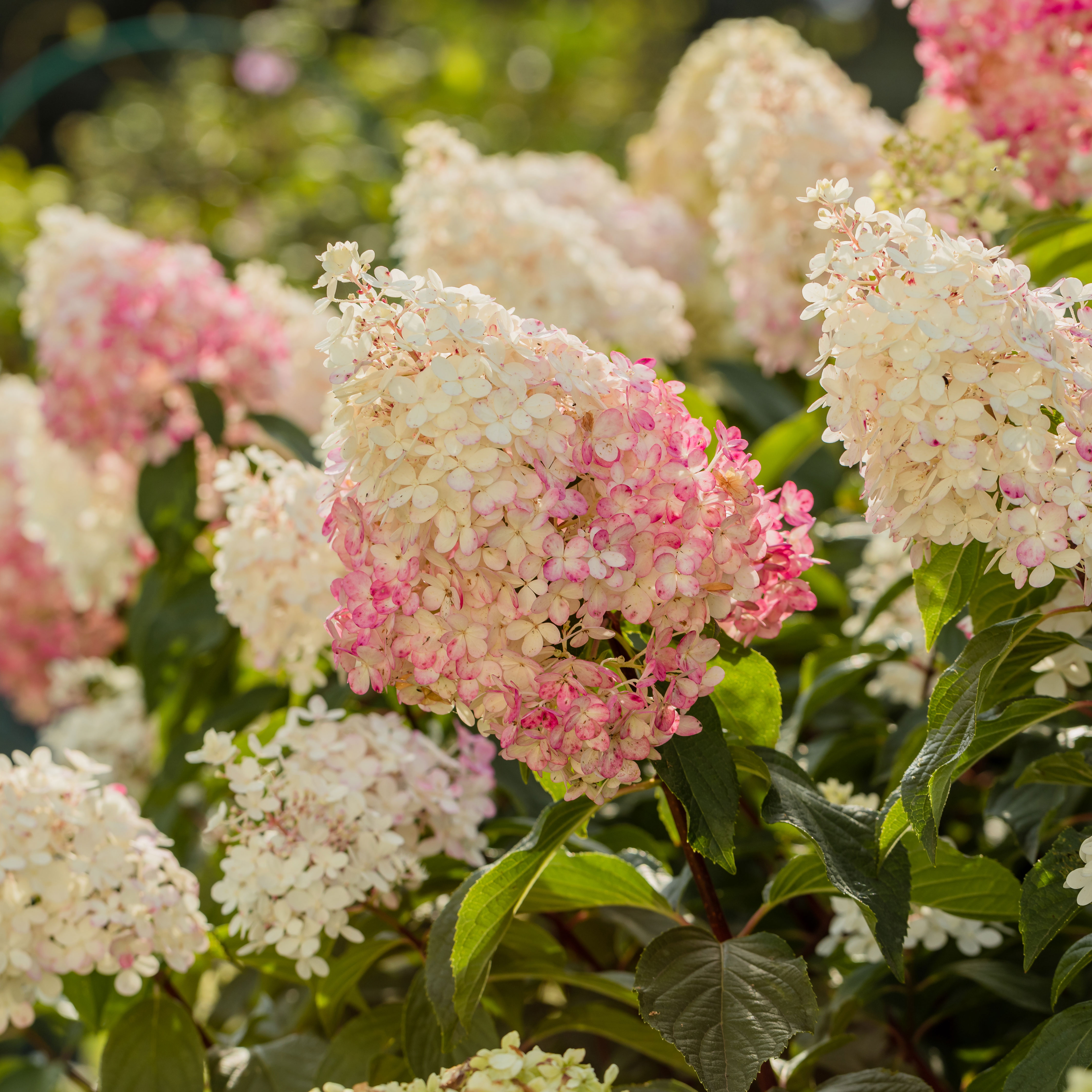 Want The Longest Lasting Hydrangea Flowers? Grow These 8 Panicle Hydrangea Varieties
Want The Longest Lasting Hydrangea Flowers? Grow These 8 Panicle Hydrangea VarietiesFor ornamental shrubs that deliver the longest flowering seasons with plush blooms and delicate hues, these panicle hydrangea varieties are essential in your yard
By Tonya Barnett
-
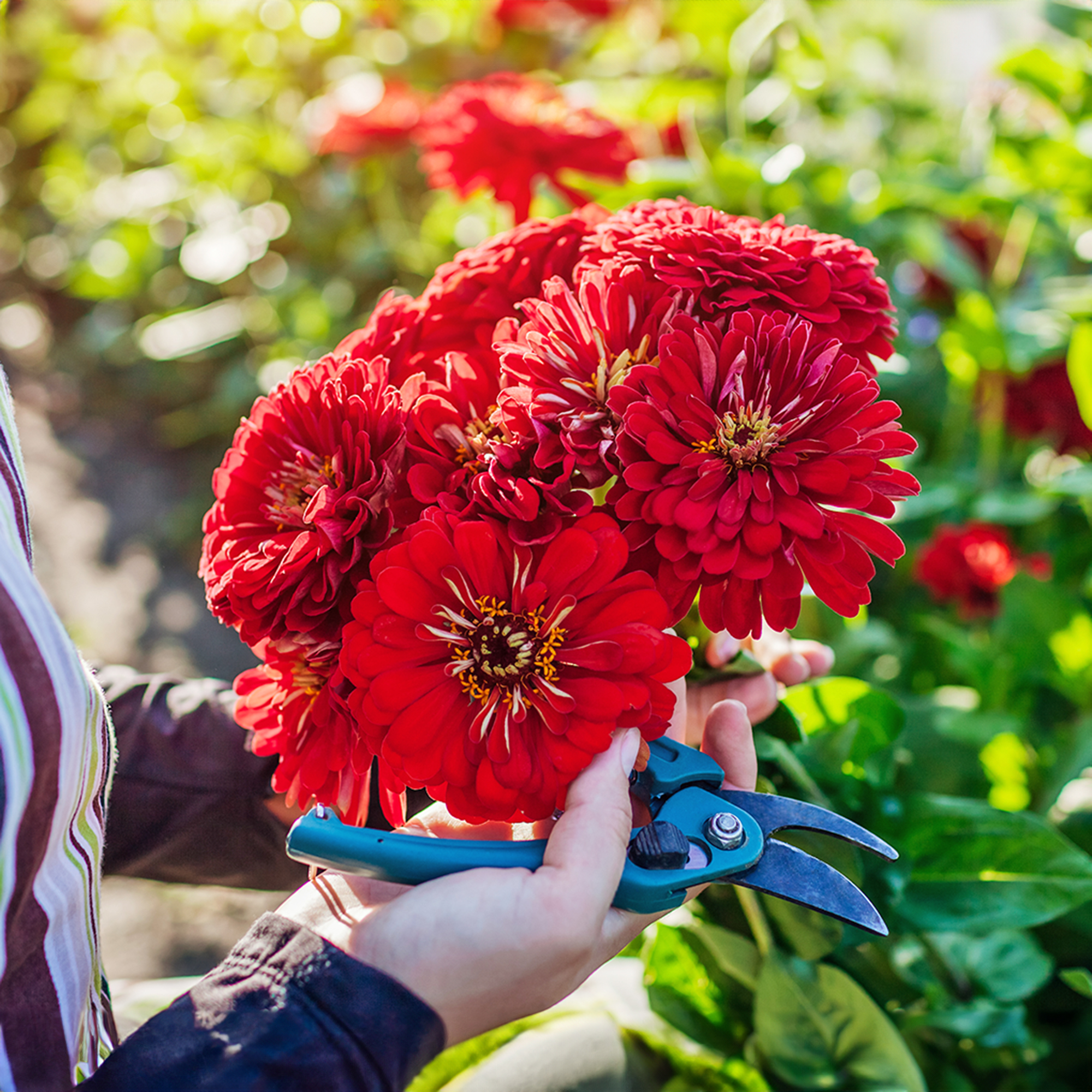 Zinnias On Repeat: 10 Glorious Cut-And-Come-Again Varieties For Endless Summer Bouquets
Zinnias On Repeat: 10 Glorious Cut-And-Come-Again Varieties For Endless Summer BouquetsThese zinnia varieties keep giving all summer, making them the perfect choice for dedicated cutting gardens – or just the occasional homegrown bouquet.
By Ellen Wells
-
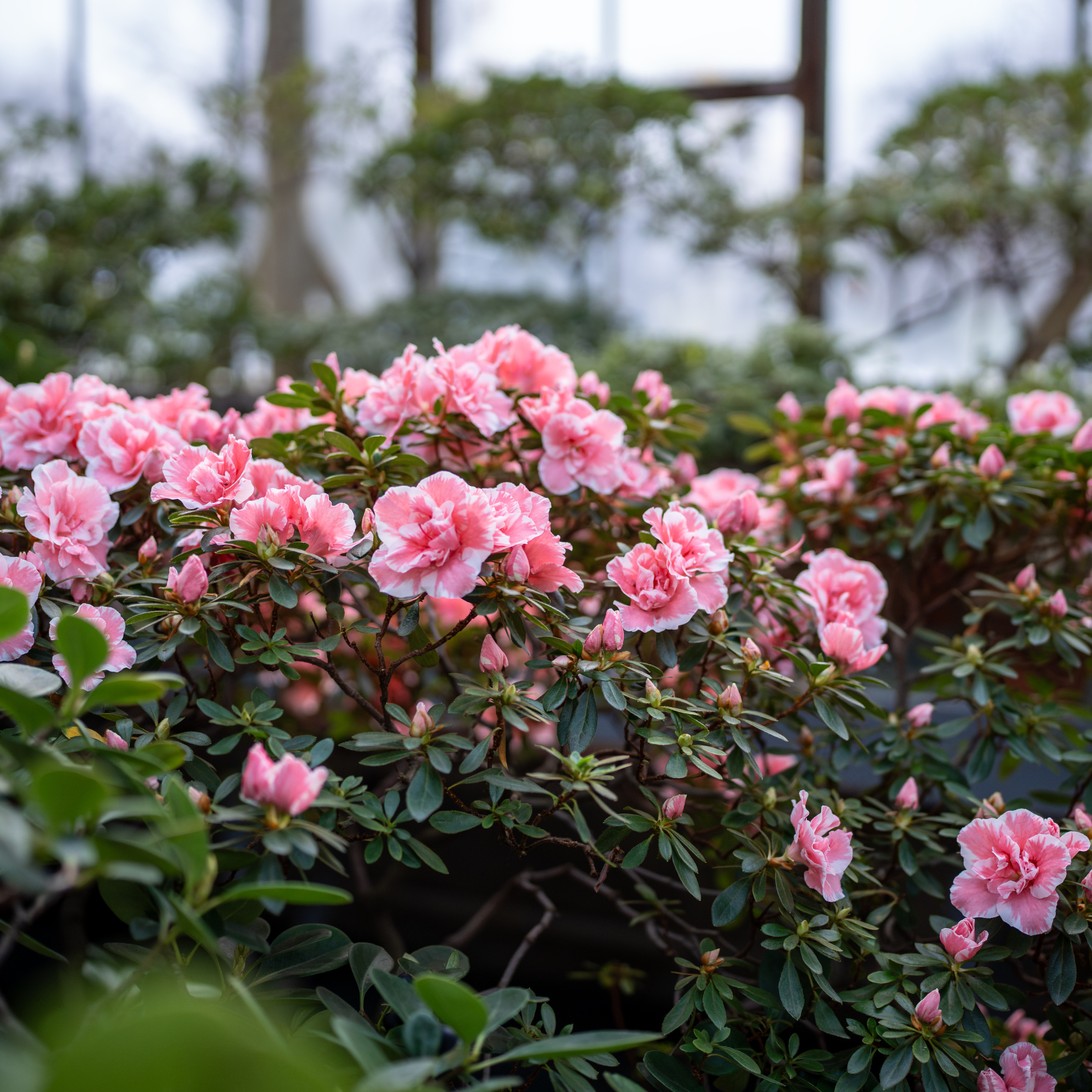 What Is The Size Of An Azalea? Explore Different Varieties That Will Suit Every Garden
What Is The Size Of An Azalea? Explore Different Varieties That Will Suit Every GardenThe size of azaleas can vary widely because they have been selectively bred for different landscape needs. Check out our picks for each size category.
By Mary Ellen Ellis
-
 When To Plant Roses: The Best Time For Your Climate And Rose Type
When To Plant Roses: The Best Time For Your Climate And Rose TypePlant your roses at the right time and you will be rewarded with decades of glorious summer flowers – but get it wrong and you'll be crying over dead shrubs.
By Teo Spengler
-
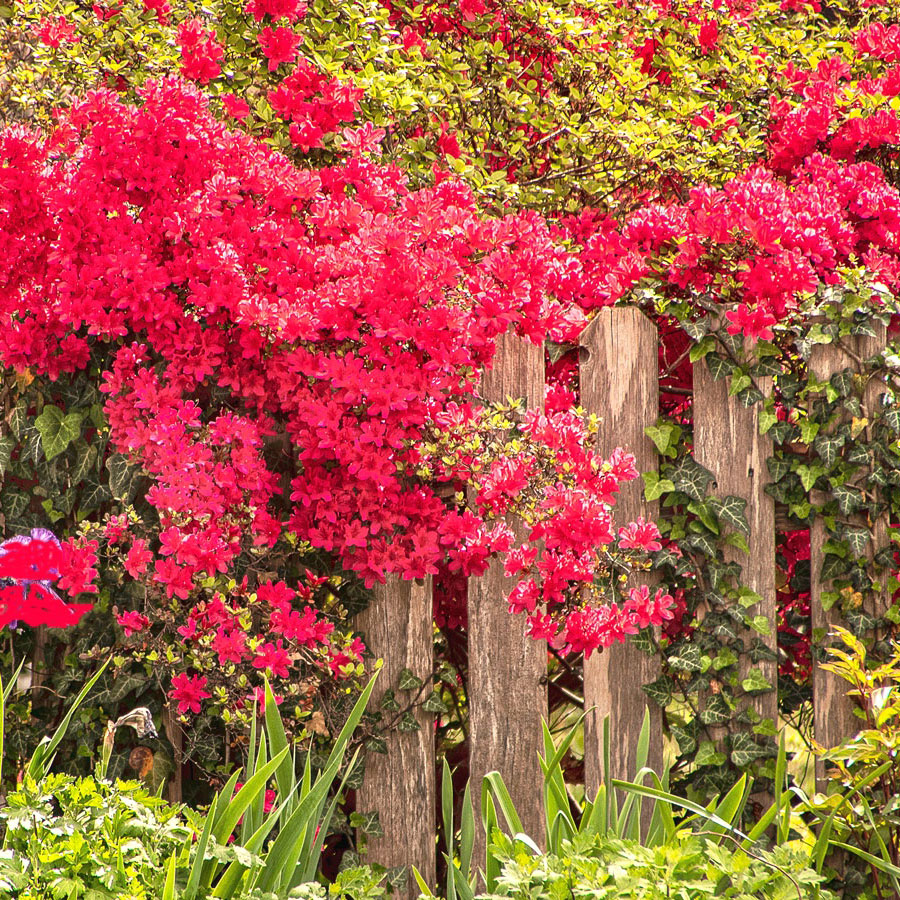 Spectacular Early Blooming Shrubs: 6 Sparkling Spring Flowering Bushes
Spectacular Early Blooming Shrubs: 6 Sparkling Spring Flowering BushesWant to kickstart your gardening year with dazzling spring flowering bushes for beds and borders? These unique early bloomers are sure to help you rise and shine!
By Teo Spengler
-
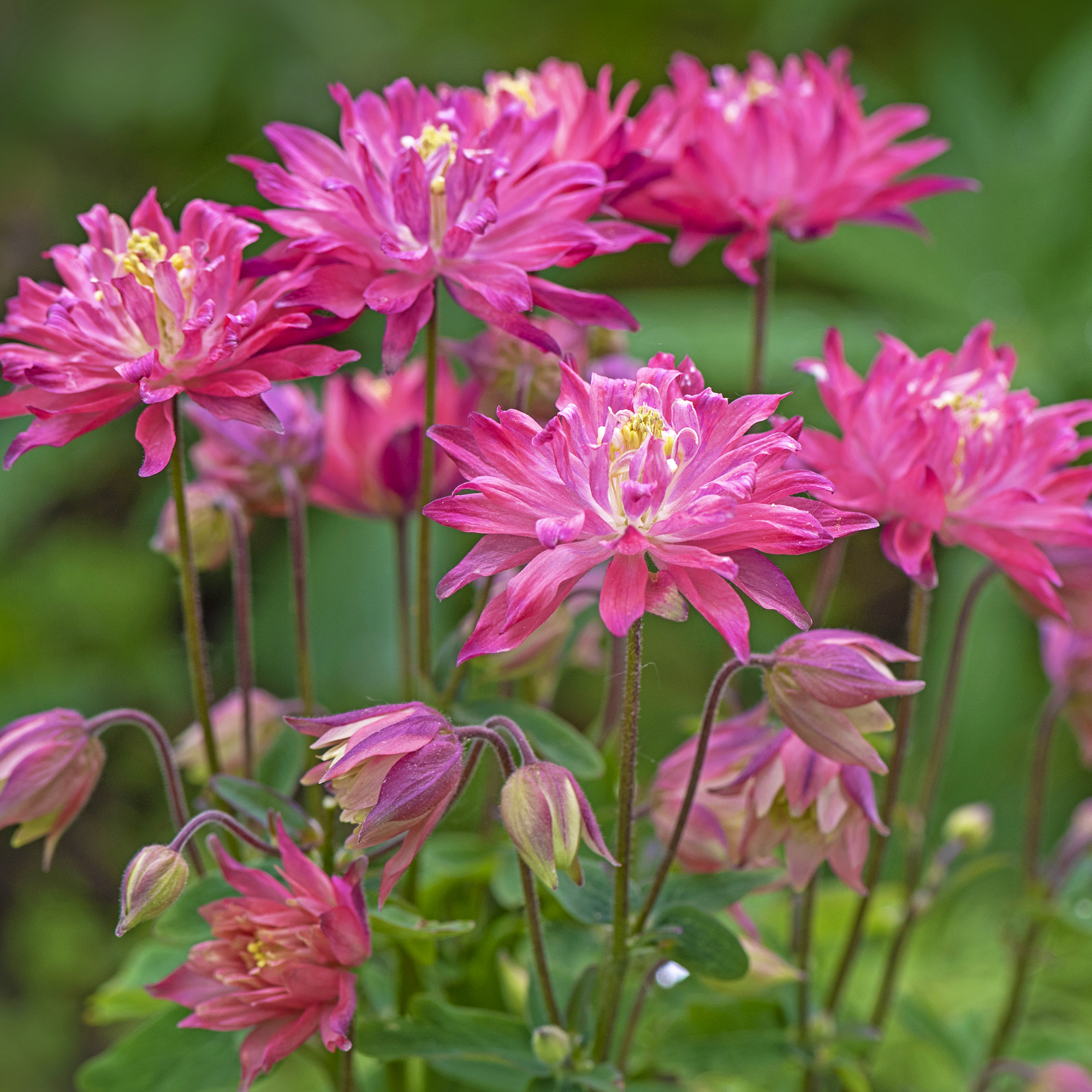 7 Shade-Loving Flowers To Start From Seed Now For A Stunning Summer Garden
7 Shade-Loving Flowers To Start From Seed Now For A Stunning Summer GardenTurn shady spots into vibrant new garden spaces with lovely and illuminating shade-loving flowers.
By Ellen Wells